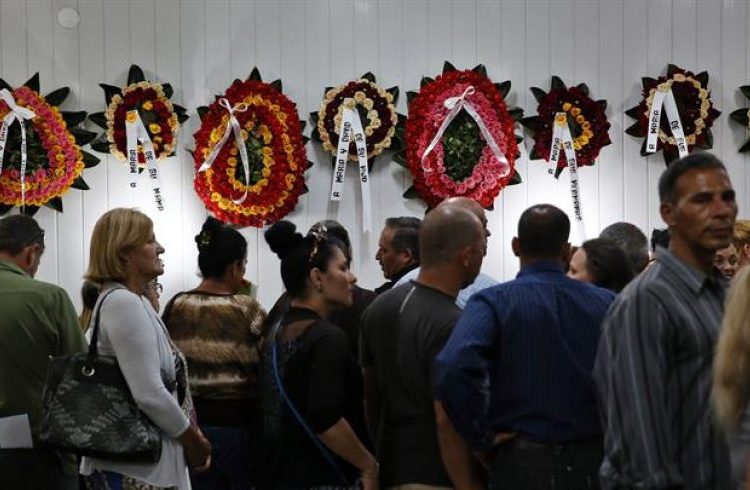The Institute of Forensic Medicine reported that the victims that remained from among those who died in the plane crash of last May 18 had been identified.
A bit over a week after the accident, a stage of mourning has started to close for the relatives, friends, colleagues as well as Cuban and foreign observers who have been paying attention to the events.
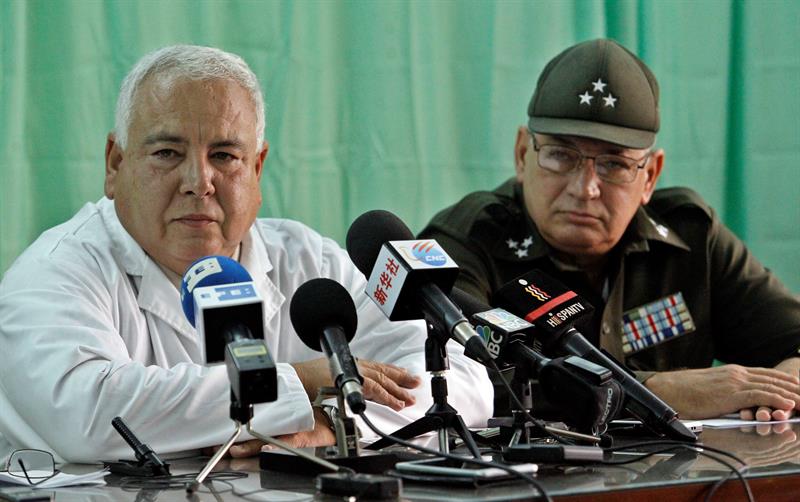
Sergio Rabell, director of the Cuban Institute of Forensic Medicine, explained during a press conference today Sunday that the participation of the relatives was decisive due to the contribution of fundamental identity data, as well as photos and documents that together with the recognition of garments and other components of the wardrobes were able to guide the physicians in the identification process.
The analysis of a video at the moment of boarding the plane, images that were recovered from some of the passengers’ cell phones and descriptions of the persons who were in contact with them before the flight took off also facilitated the work, he explained.
He also indicated that the dactylographic, anthropologic, dentistry and DNA tests made by the Cuban forensic experts made it possible to establish with an “absolute” character the identity of the victims.
The identified remains have been able to be returned gradually to the warmth of their families. And they have been paid their last respects with tears, embraces.
It is a first goodbye to these 112 persons, who met such a terrible as well as unfair death when the Boeing 737 in which they were traveling plunged to the ground in the vicinity of Havana’s José Martí International Airport.
Since the accident until now unforgettable images have been seen of the final goodbye from different parts of Cuba, especially from Holguín, where most of the deceased lived (67). Another three persons were from Granma, three from Santiago de Cuba and one from Las Tunas.
Out of the victims from the western part of the country, 21 were from Havana, two from Matanzas and another two lived on the Isla de la Juventud, the official report specified.
Some 500 persons, between forensic MDs and criminal department and Ministry of Public Health personnel, were involved in the process of recognition of the victims of the disaster, the largest of its type in the last three decades in the country.
The Cuban civil aeronautics authorities have estimated months will now be needed to give a final result about the causes of the disaster that has plunged Cuba and relatives in Mexico, Argentina and the Saharawi Arab Republic into mourning.
When the investigations being made now by Cuban, Mexican and U.S. specialists conclude, those responsible for this disaster will inevitably be known.
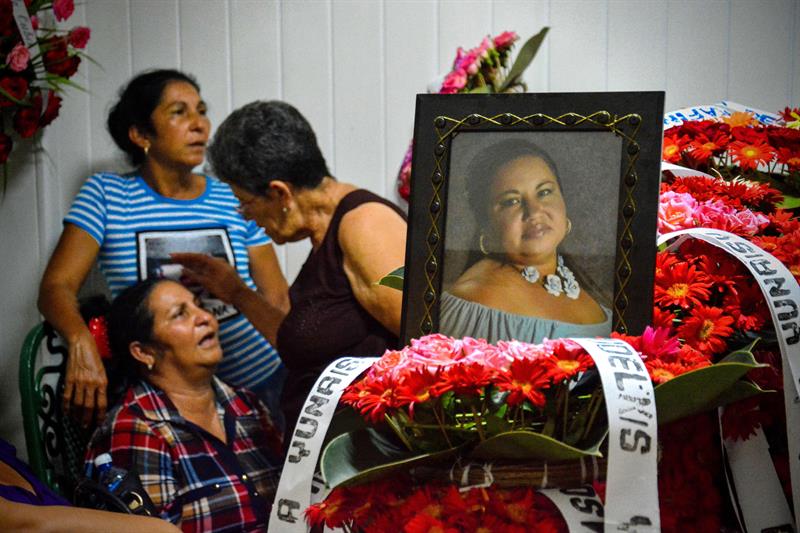
For the time being, the Mexican press and civil aeronautics authorities from Guyana have indicated some points of interest about the inadequate technical and working conditions of the plane that crashed and which was operated by the Global Air company and rented barely a month ago by Cubana de Aviación.
Myrna Díaz, ex flight attendant in the Mexican Global Air airline company, during an interview with EFE in Mexico City. “We saw it coming.” With these words of resignation, Myrna Díaz speaks of last Friday the 18th’s air accident in Cuba which left a toll of 112 dead. Díaz was a flight attendant in the Mexican Global Air airline for three years and bore witness to the “absolutely unsafe conditions” in which the company flew.
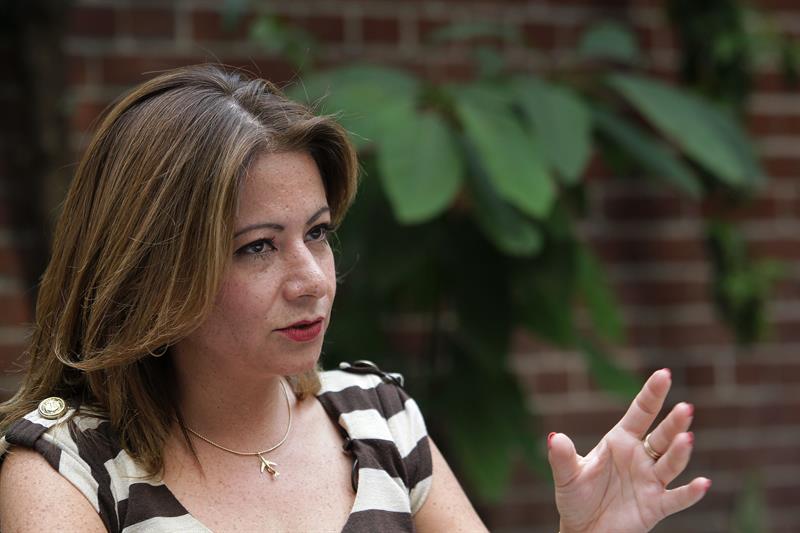
It is foreseeable that the periodical investigations will continue and that in the following days more details will appear about the invisible shroud surrounding this more than unfortunate accident.
For the time being, only one survivor continues with reserved forecasts fighting for her life: Maylén Díaz, 19, continues receiving intensive care in Havana’s Calixto García Hospital.
While her life is in danger, many will continue repeating that short phrase that has been a healing mandate: #FuerzaCuba.
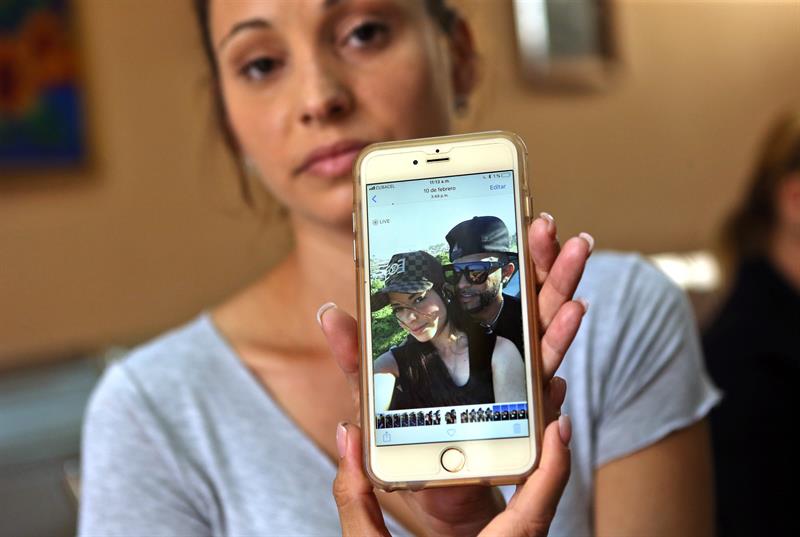
EFE / OnCuba

